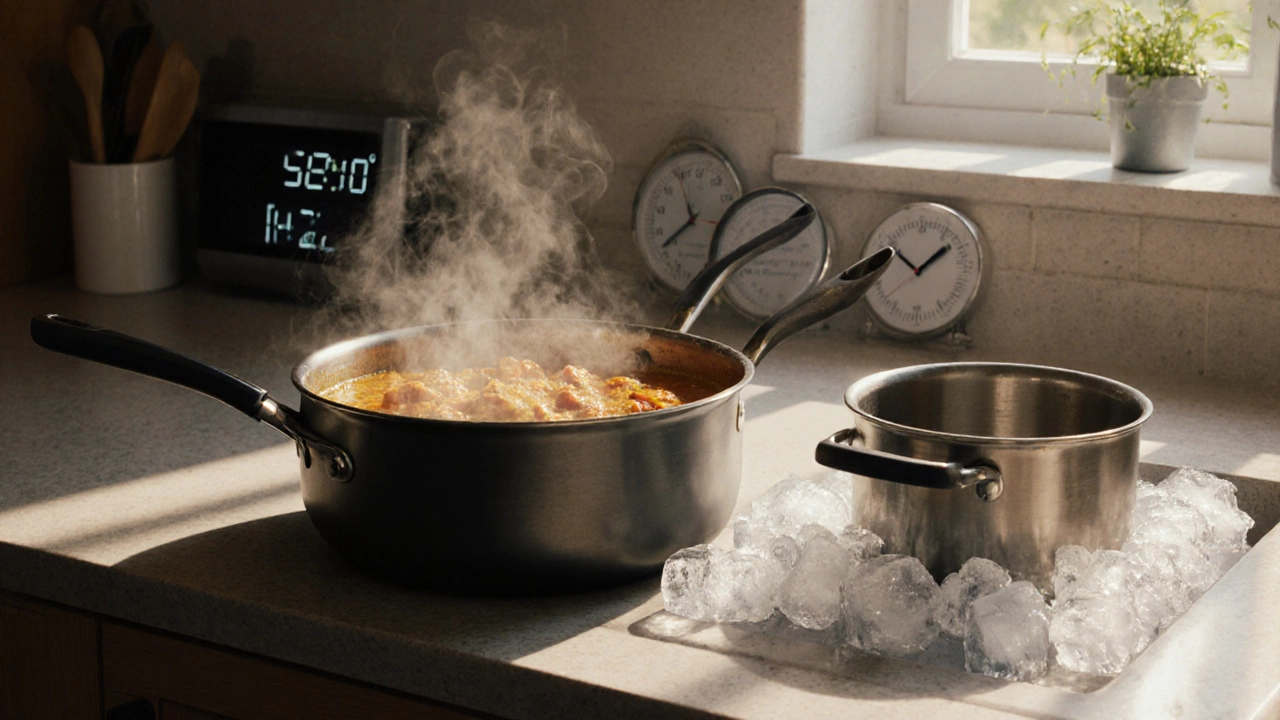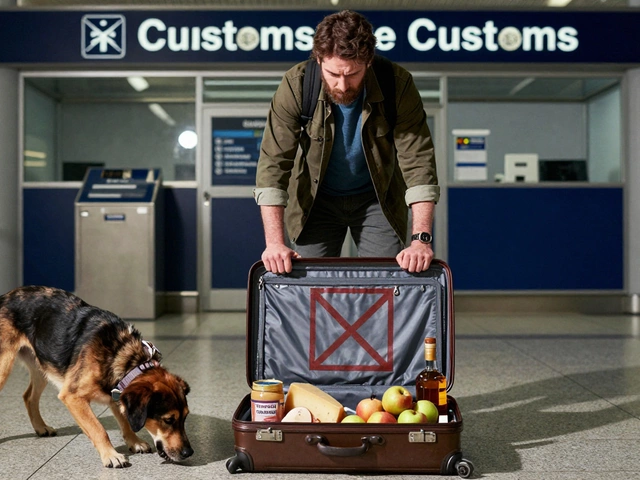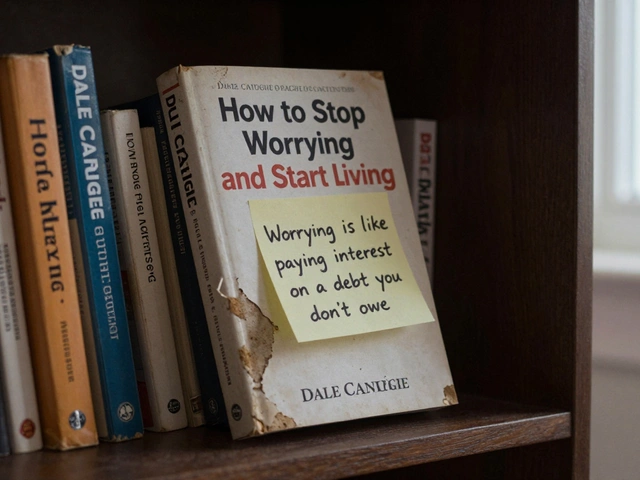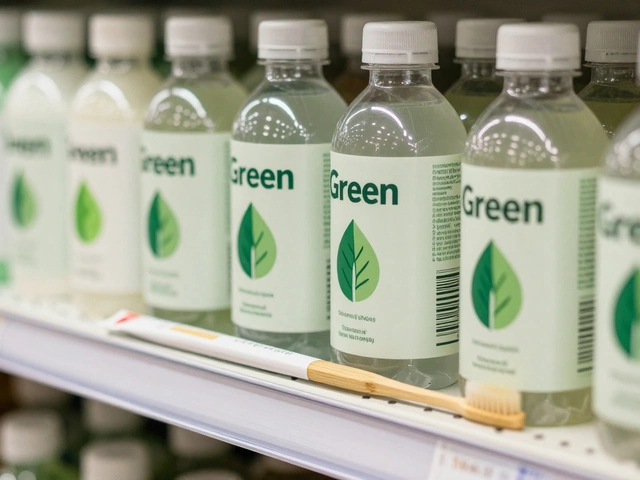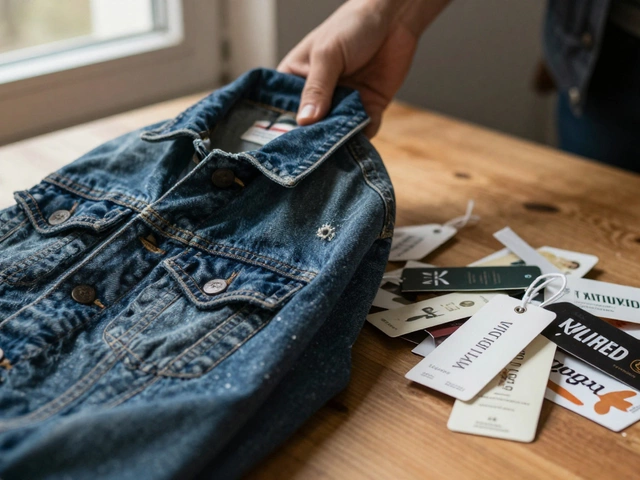Meal Prep Safety: How to Store and Handle Food Without Risk
When you meal prep safety, the practices that keep your prepped food from turning into a health hazard. It’s not about fancy containers or perfect portioning—it’s about stopping bacteria before they start. You can plan meals for the whole week, but if your chicken sits at room temperature for two hours, or your rice cools slowly in a big bowl, you’re playing Russian roulette with your gut. food poisoning, illness caused by eating contaminated food, often from bacteria like Salmonella or E. coli doesn’t come with warning signs—it just hits hard, fast, and usually when you’re least ready.
Good meal prep safety starts the moment you buy your groceries. Keep raw meat separate from veggies in your cart and bags. Wash your hands before and after touching raw chicken, eggs, or ground beef. Don’t rinse chicken—it doesn’t remove germs, it spreads them. Cook meat to the right internal temperature: chicken needs to hit 165°F, ground beef 160°F. Use a cheap thermometer. It’s the one tool that actually tells you the truth.
Once it’s cooked, cooling matters just as much. Hot food left out for more than two hours (or one hour if it’s over 90°F) becomes a breeding ground. Divide big pots into shallow containers—no giant tubs of stew cooling slowly. Pop it into the fridge within 30 minutes if you can. Your fridge should be at or below 40°F. Label everything with the date. Most cooked meals last 3–4 days in the fridge. If you’re not eating it by day 4, freeze it. food storage, how you keep prepped meals fresh and safe over time isn’t magic—it’s science you can do at home.
Containers matter too. Not all plastic is created equal. Avoid cheap, thin containers that warp in the microwave or leave chemical tastes. Look for BPA-free, microwave-safe, and airtight options. Glass jars with locking lids work great. Don’t reuse takeout containers unless they’re labeled safe for reuse. And never store hot food in sealed containers—trap the steam, you trap bacteria.
Reheating is another common mistake. Don’t just nuke it for 30 seconds and call it done. Heat food all the way through until it’s steaming hot, at least 165°F. Stir halfway through. Leftover rice? It’s a known risk for Bacillus cereus. Eat it within 24 hours, or freeze it right after cooking. Never reheat rice more than once.
There’s no need to overcomplicate this. meal prep safety isn’t about perfection—it’s about consistency. Do the basics right, every time. Wash hands. Cool fast. Store cold. Reheat hot. Toss what’s old. You don’t need to be a chef to keep your meals safe. You just need to pay attention.
Below, you’ll find real, tested guides on how to plan, store, and handle your weekly meals without risking your health. No fluff. Just clear steps you can use starting today.
The danger zone for food prep is the temperature range where bacteria grow rapidly - between 5°C and 60°C. Learn how to keep your meal prep safe, avoid food poisoning, and store leftovers properly.

